Golosov Ravine
Legends of time travel and magical woodland creatures bolster the natural charm of this verdant sanctuary in the midst of Moscow.
Feeding into the Moscow River, Golosov Ravine cleaves Kolomenskoye Park in two. Once a royal estate and now a public wilderness covering an area 15 percent larger than Central Park, Kolomenskoye Park is an inviting place for a stroll. The ravine at its heart, however, (and the tales surrounding it) add an air of mystical intrigue to an otherwise pedestrian excursion.
The earliest tale of mystery regarding Golosov Ravine dates back to 1621, when a Tatar cavalry detachment turned up at the walls of the Tsar’s palace. They were lost and disoriented, claiming to be part of the army of a Crimean khan that had attacked Moscow in 1571. Sensing defeat and wanting to avoid capture, they retreated into Golosov Ravine where they were quickly enveloped in a thick green mist. Spending what seemed like only a few minutes finding their way through the fog, they emerged to find that 50 years had passed. They reportedly carried outdated equipment, and an inquiry formed by the Tsar found that the men “probably told the truth.” Time travel: confirmed.
This wasn’t the only reported incident of time-warping mist descending on Golosov Ravine. In the 19th century, two local fellows had a big night out at a neighboring village and decided to take a shortcut through the ravine on their way home. They finally turned up again 20 years later, telling a tale of finding themselves trapped in a dense fog at the bottom of a ravine, where they met large, hairy, manlike creatures who managed to put them back on the right path via hand signals. However, they were shocked to find that two decades had passed, and that their wives and children did not recognize them. The incident was reported to the police who conducted an investigation, during which one of the men dissolved into the fog and never returned — or rather hasn’t…yet. Time travel: double confirmed.
Large hairy man-creatures figure prominently into the legends of Golosov Ravine and most likely represent the leshy, a sort of bigfoot from Slavic mythology who is more man than ape and more woodland spirit than mortal creature. In 1926, a policeman reported seeing a “hairy wild man” over two meters tall in Golosov Ravine. The resulting investigation into the cop’s claims led to the remarkable claim in an official Moscow newspaper that a band of Young Pioneers (think Soviet Boy Scouts) had captured a leshy.
An etymological case has been made that Golosov Ravine was once the site of a shrine to Veles, the Slavic trickster god of earth, waters, woods, magic, and the underworld. While this theory has not been confirmed, it suggests some context for the trickery-laden sylvan legends associated with the place.
Golosov Ravine is the site of several springs considered sacred in Russian Orthodox, neopagan, and new age traditions, and contains a neopagan sacred stone shrine consisting of two five-ton rocks called Diviy (radiating “female energy”) and Gus (radiating “male energy”). Today, visitors to Golosov Ravine can not only go for a wander but also venerate these rocks, meditate, and anoint themselves in spring water—comfortable in the knowledge that there have been no recent reports of mist-induced time travel or giant hairy man-creatures.
Community Contributors
Added by
Plan Your Trip
The Atlas Obscura Podcast is Back!




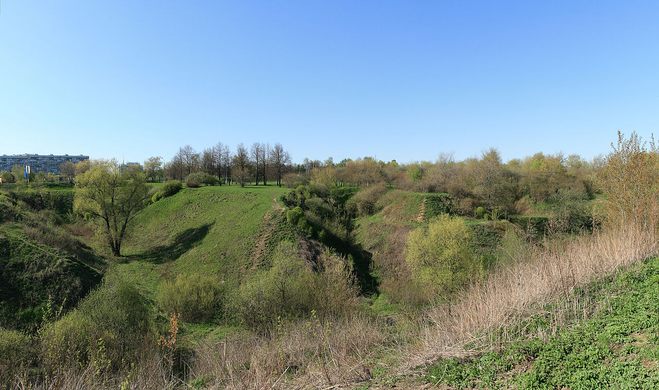
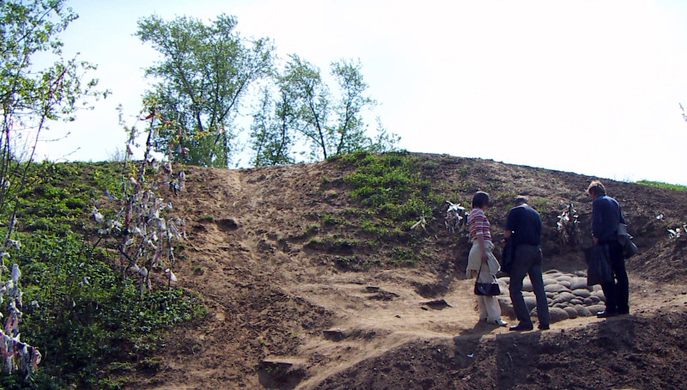





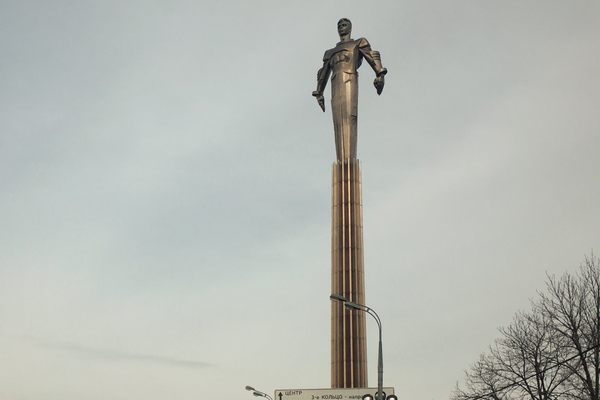



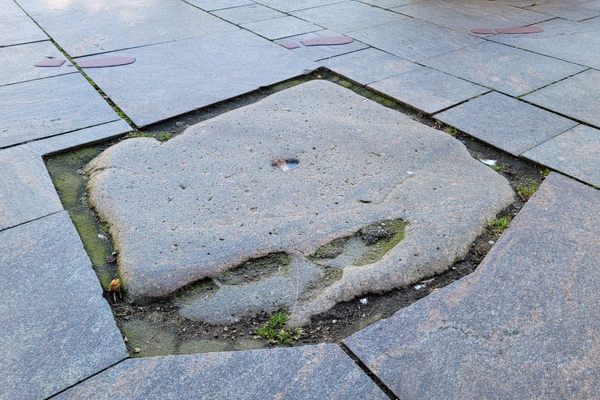
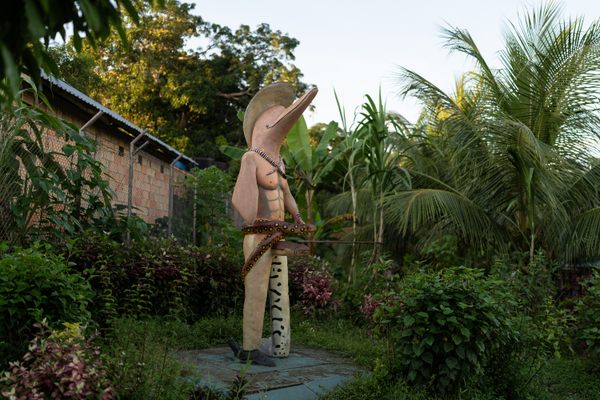
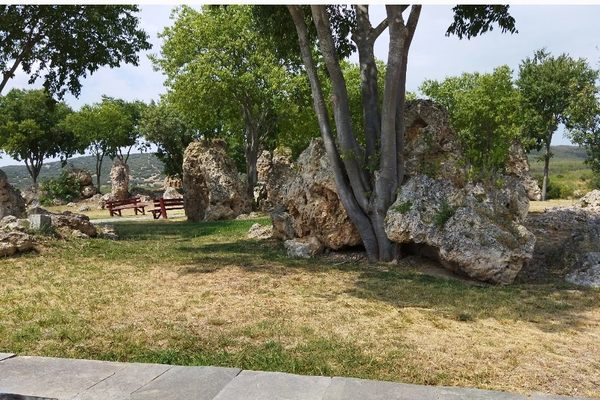

Follow us on Twitter to get the latest on the world's hidden wonders.
Like us on Facebook to get the latest on the world's hidden wonders.
Follow us on Twitter Like us on Facebook